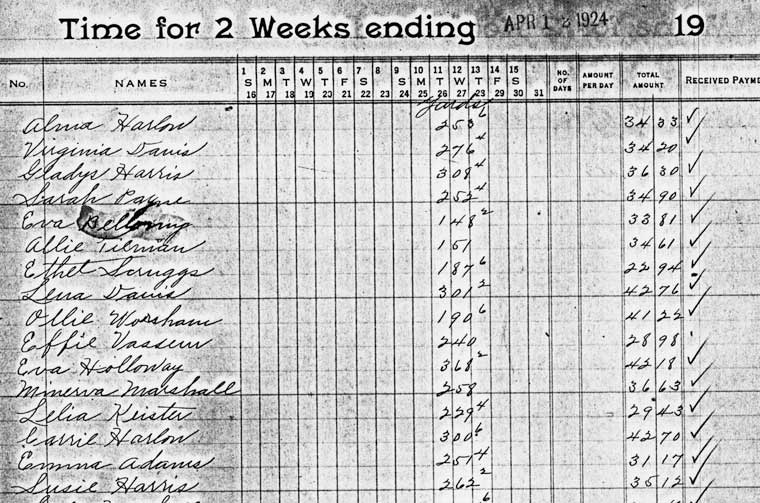war bonuses

Wages also rose to new heights. Between 1914 and 1916, the company spent about $52,000 annually for "hand labor." Pay raises became necessary following the entry of the United States into the war. In May, 1917, the first wedge was opened when the board granted an increase of ten cents per day for each extra day worked to all employees who had reached "standard pay." In November, a ten percent raise was extended to all workers. During 1918, with three successive wage boosts totaling thirty percent, the cost of labor skyrocketed to $77,000?fifty-four percent higher than 1915. None of the raises had been formally requested by the employees. The management classified them as war bonuses and probably considered then temporary.--Harry Poindexter
Labels: Poindexter History

0 Comments:
Post a Comment
<< Home